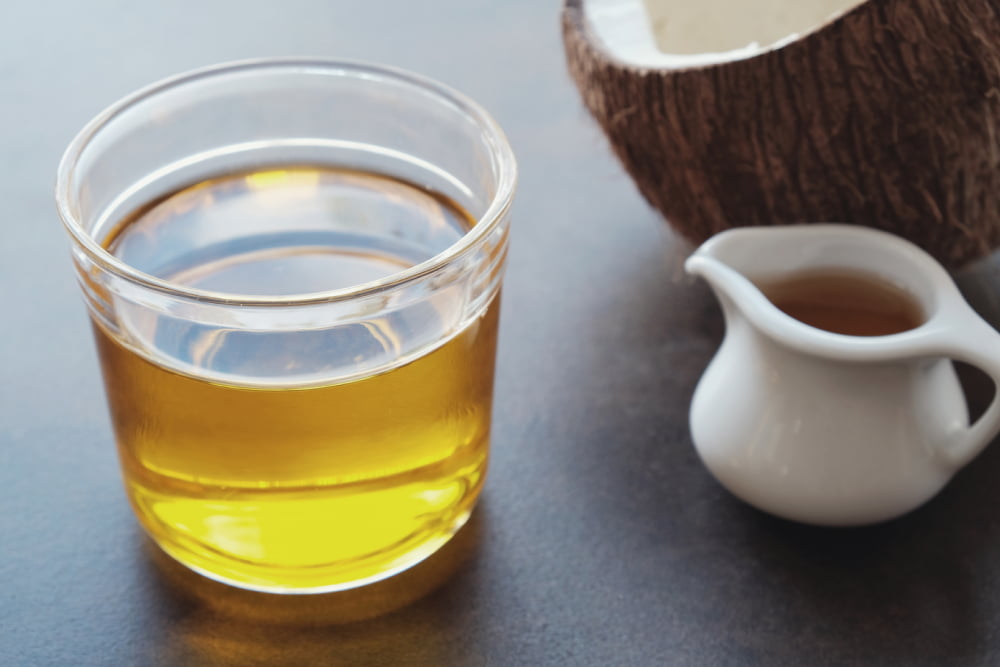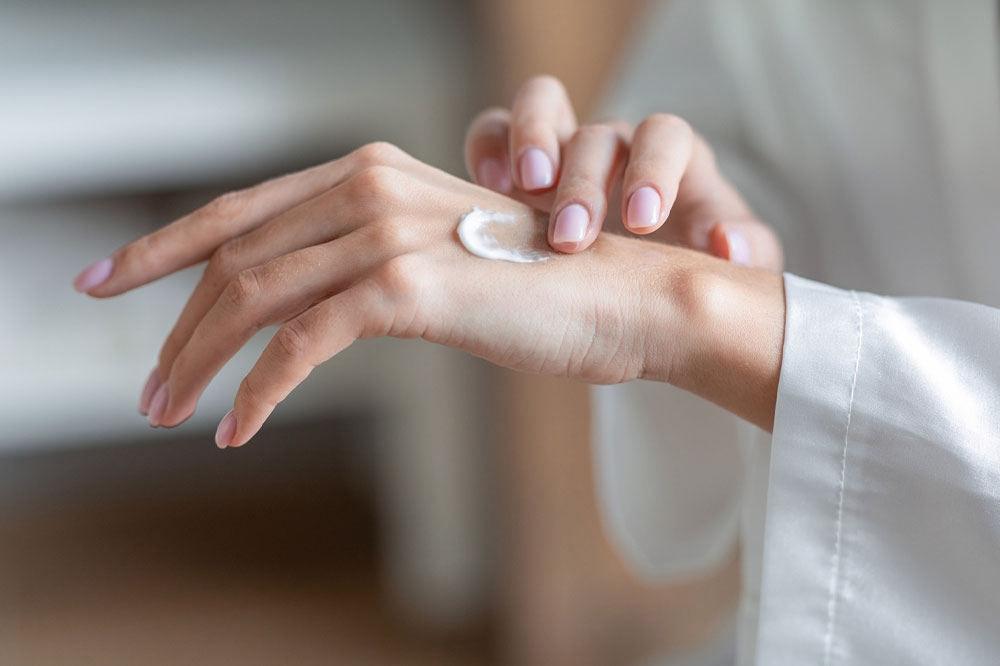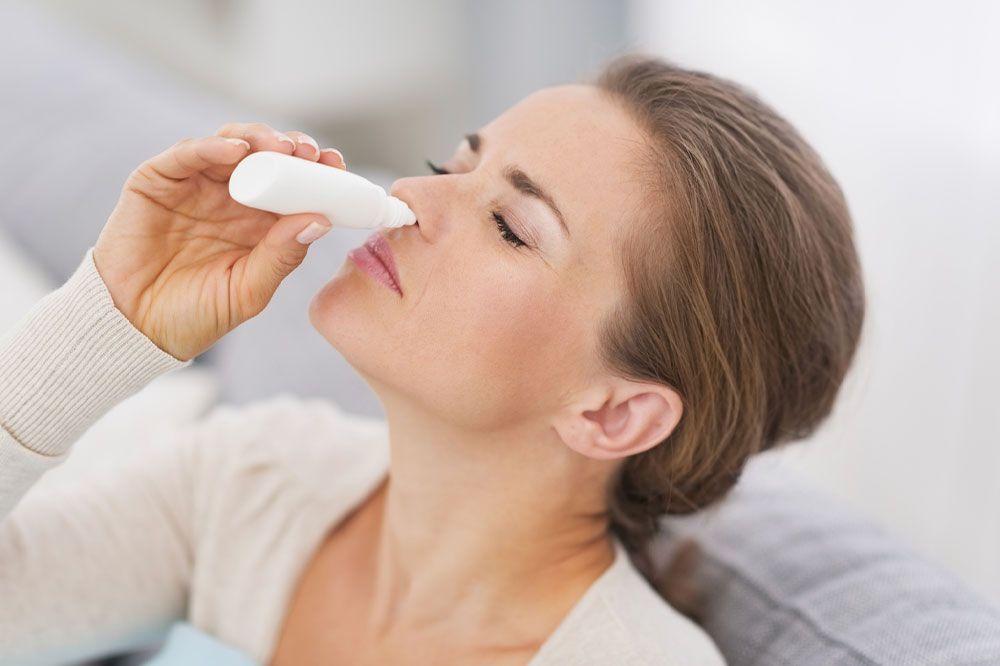8 kitchen ingredients that can help fight fleas on dogs

Fleas often infest dogs, posing a significant risk to their well-being and causing discomfort and potential health problems. These pesky little pests find their way into the home by hitching a ride on the pet’s coat. Over time, they turn the living space into their abode. While several commercial products help tackle a flea infestation in dogs, pet parents can use specific kitchen ingredients to solve the problem naturally without spending a lot.
Coconut oil
Coconut oil, a popular kitchen ingredient, is an excellent natural solution for removing fleas from a dog’s fur. Rubbing the oil directly onto the fur will either kill the parasites by suffocating them or cause them to hop out. After rubbing coconut oil on the fur and eliminating the fleas, one can give their dog a bath to wash off the oil and the dead fleas.
Apple cider vinegar
Apple cider vinegar is another commonly available kitchen ingredient that helps repel fleas from a pet’s fur. Dog owners can use it in two ways to keep these harmful pests away from their furry companions. The first way is to make the dog drink the vinegar by adding a few drops to their water. The ratio for this can be one teaspoon of apple cider vinegar in about four cups of drinking water.
If the dog does not like to drink apple cider vinegar, one can create a diluted solution and spray it on the dog’s fur. To create the solution, individuals should mix equal parts of the vinegar and clean tap water in a spray bottle. One can also consult their vet for advice on the ratio of apple cider vinegar to water. Once ready, pet parents can spray the mixture on the animal’s coat, especially the neck and the back. However, one must be careful not to spray it in their eyes or ears. This method works well because the strong smell of apple cider vinegar repels fleas.
Lemon juice
Diluted lemon juice is a simple and cost-effective natural remedy for fleas one can quickly get from their kitchen. Like vinegar, lemon juice has an odor that fleas hate. It can be used in two ways to repel fleas from dogs. The first method is to make a lemon juice spray. To make this spray, individuals must thinly slice a lemon, add it to boiling water, and leave the mixture to cool overnight. The next morning, one must remove the lemon slices, add the mixture into a spray bottle, and spray it onto the dog’s fur. While spraying, individuals should be careful about avoiding the pet’s eyes. One can also spray this mixture on carpets to repel fleas.
Another way to use lemon juice for repelling fleas is by making a lemon bath for pets. For this, dog owners would have to dilute about half a cup of lemon juice with two cups of water and mix it with their pet’s shampoo.
Baking soda and salt
Besides the dog’s fur, fleas can infest any part of the house. One way to prevent this is by sprinkling baking soda, salt, or a mixture of both. Individuals should sprinkle these kitchen ingredients on their carpets and upholstery, leave them for a short period, and then vacuum. Salt and baking soda work by dehydrating the fleas and their eggs, thereby killing them.
Dish soap
Dish soap is another remedy for removing fleas from the home. To try this remedy, one must mix the soap with warm water to create a flea trap. Individuals can pour this solution into a small bowl, place it on the floor, and leave it overnight. When fleas fall into this mixture, they cannot jump out and get trapped. Pet parents can set multiple traps in different parts of their house, especially where fleas are prevalent.
Diatomaceous earth
Food-grade diatomaceous earth is a natural and effective ingredient for eliminating fleas from the home. This fine, powdery substance consists of fossilized diatoms (a type of algae), which can dehydrate fleas. Individuals can simply sprinkle it on surfaces where fleas are a problem, such as carpets, and leave it. After about two days, one would need to vacuum the area thoroughly. Diatomaceous earth works by physically going through the fleas’ exoskeletons and causing them to dehydrate. However, one must be careful to choose only food-grade diatomaceous earth, as it is assuredly safe and non-toxic.
Rosemary
Rosemary, a popular culinary herb, is also a potent ally in the fight against fleas. Dog owners can brew rosemary into an herbal spray by adding a few sprigs in boiling water and allowing it to cool overnight. The next morning, one must pour the mixture into a spray bottle and spray their dog’s coat. Again, it is crucial to avoid their eyes during this process. Instead of spraying, one can also pour the solution onto the fur. This homemade solution acts as a natural flea deterrent, with the scent repelling these pests from the dog’s coat. What’s more, it leaves the dog smelling fresh and pleasant.
Brewer’s yeast
Adding brewer’s yeast to dog food is an excellent way of repelling fleas from the pet. Individuals would only need to add about half a teaspoon of the ingredient to their dog’s daily meals once a day. However, if one notices that their pet’s digestive tract is not responding well to this method, they must stop it immediately to avoid health concerns.
Fleas can lead to severe health complications in pets if not treated in time. If natural remedies do not eliminate these parasites and the problem persists, one should consult a veterinarian for evaluation and guidance. The expert can suggest a solution after studying the problem and the dog’s symptoms thoroughly.






